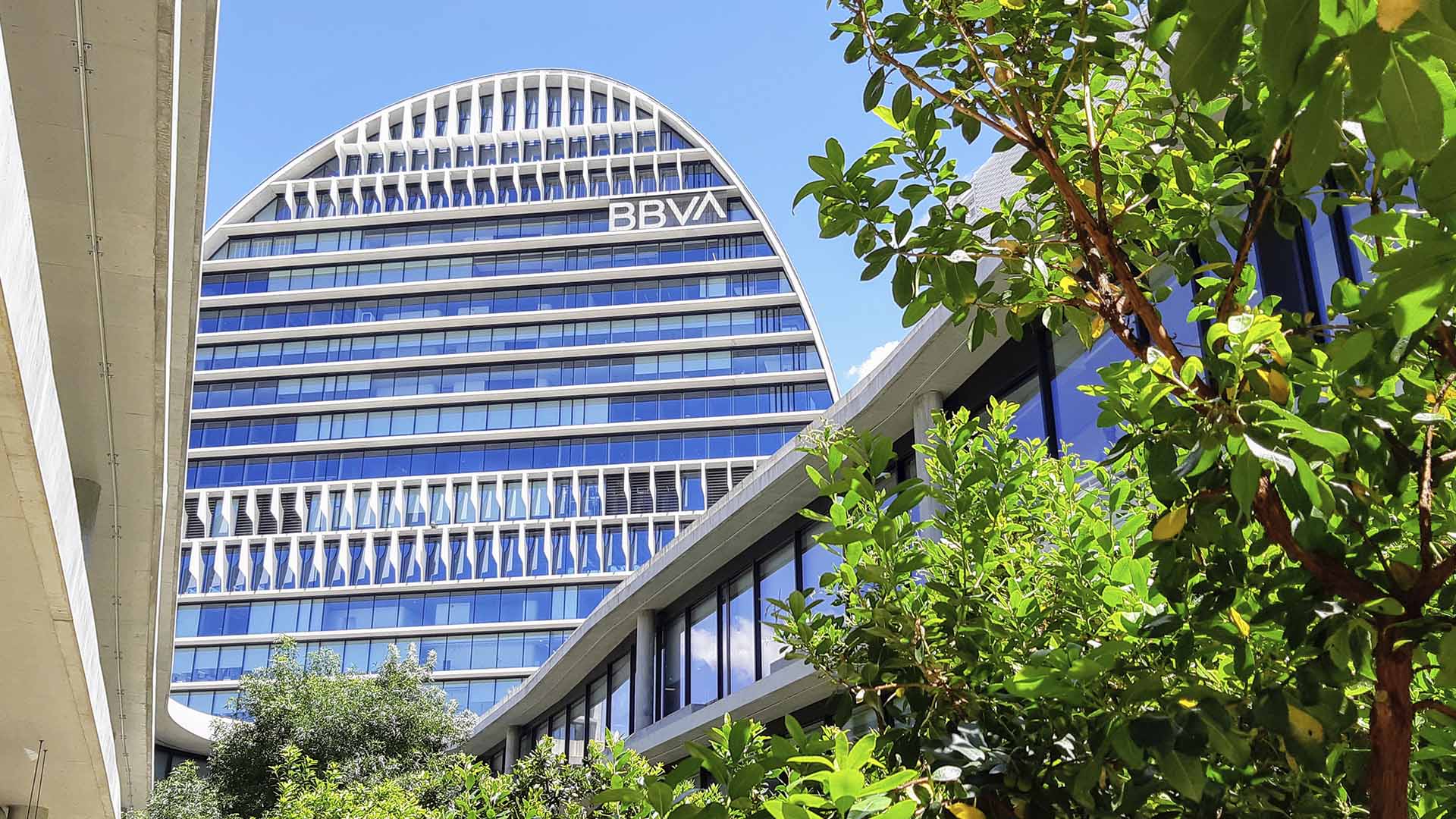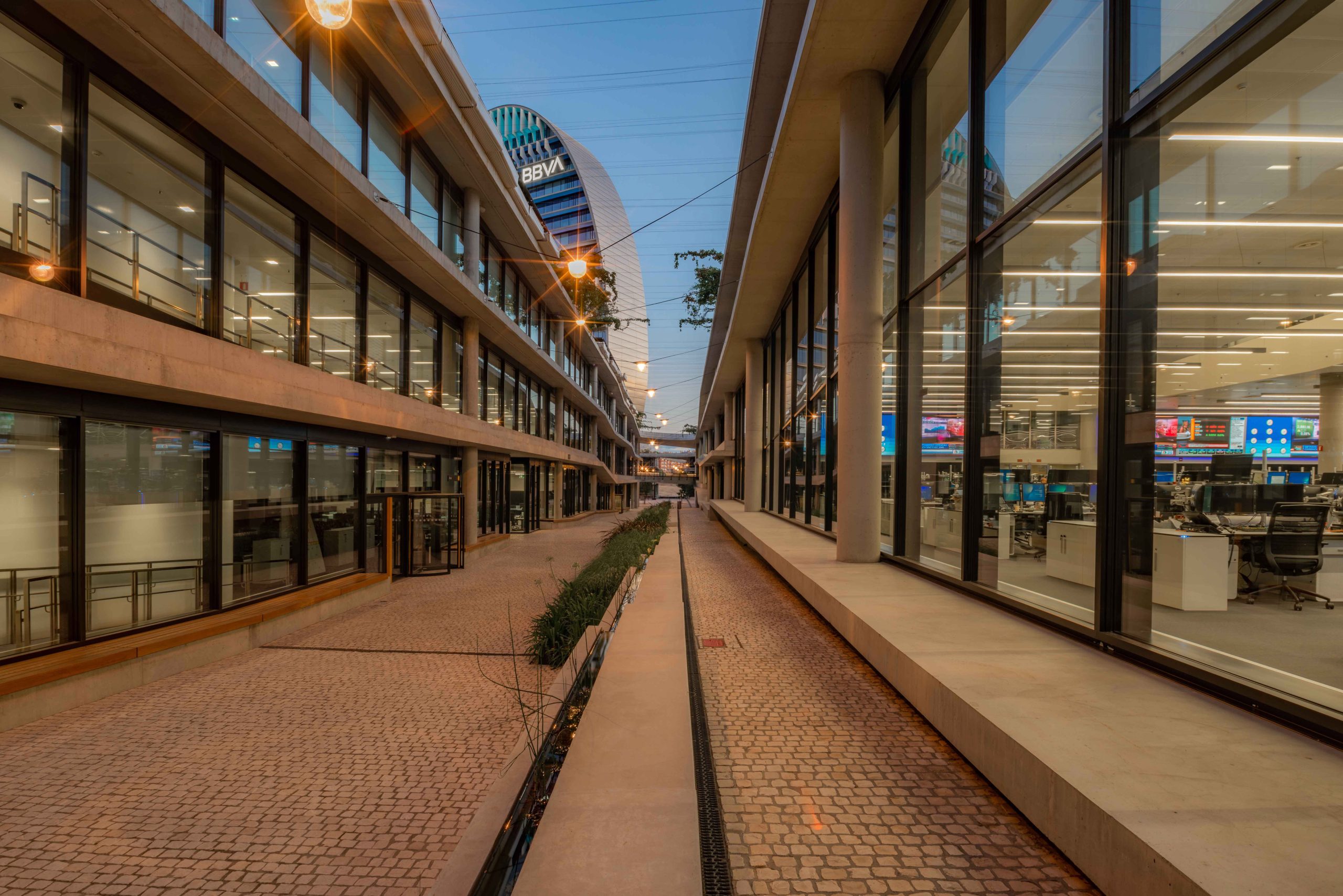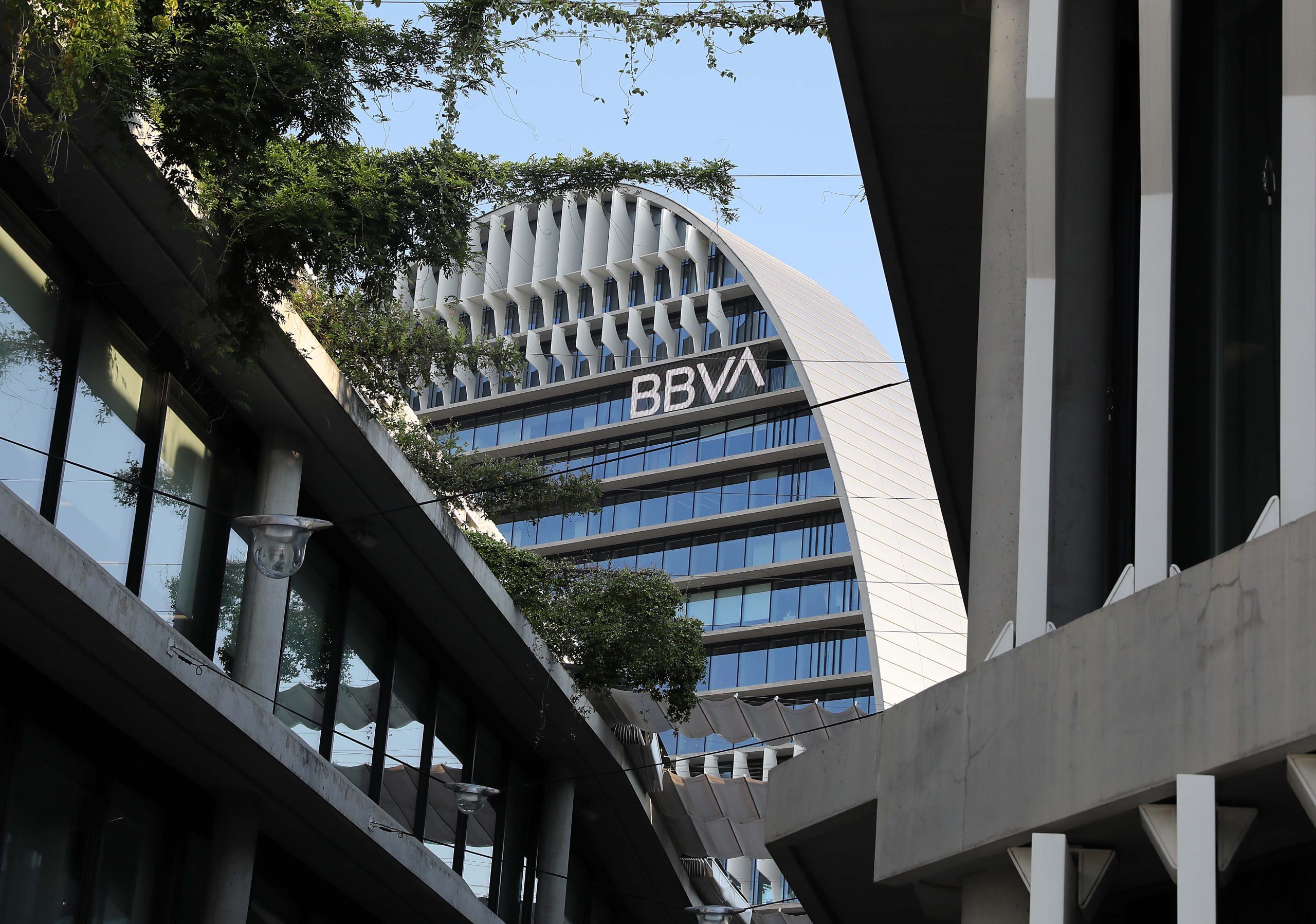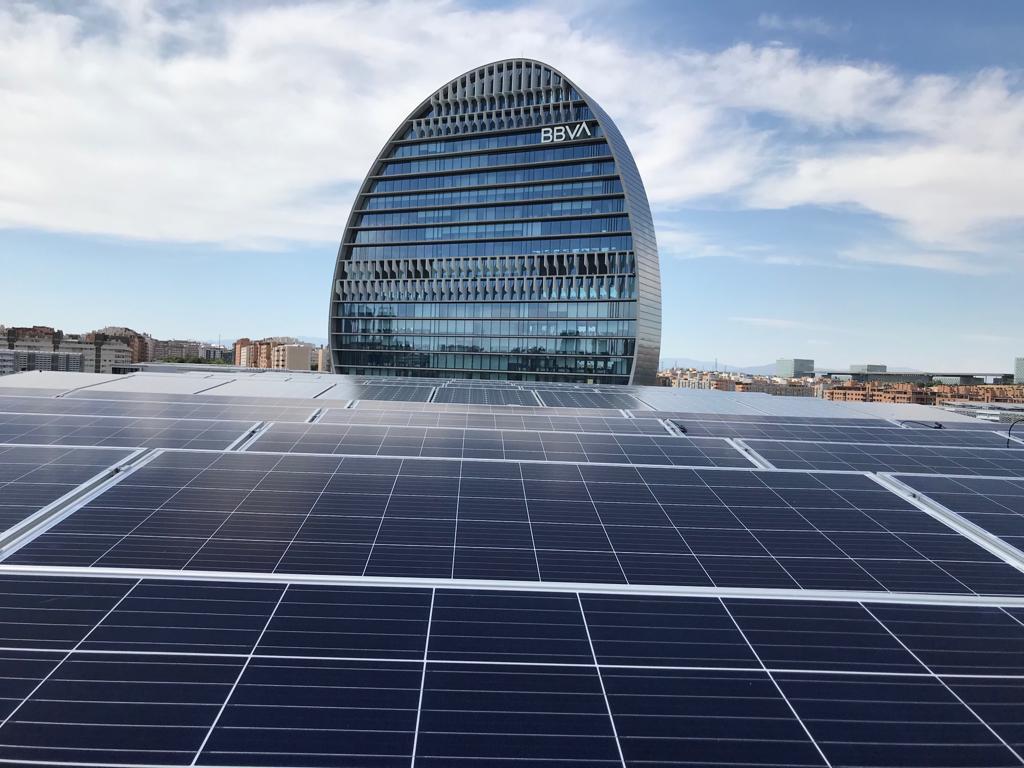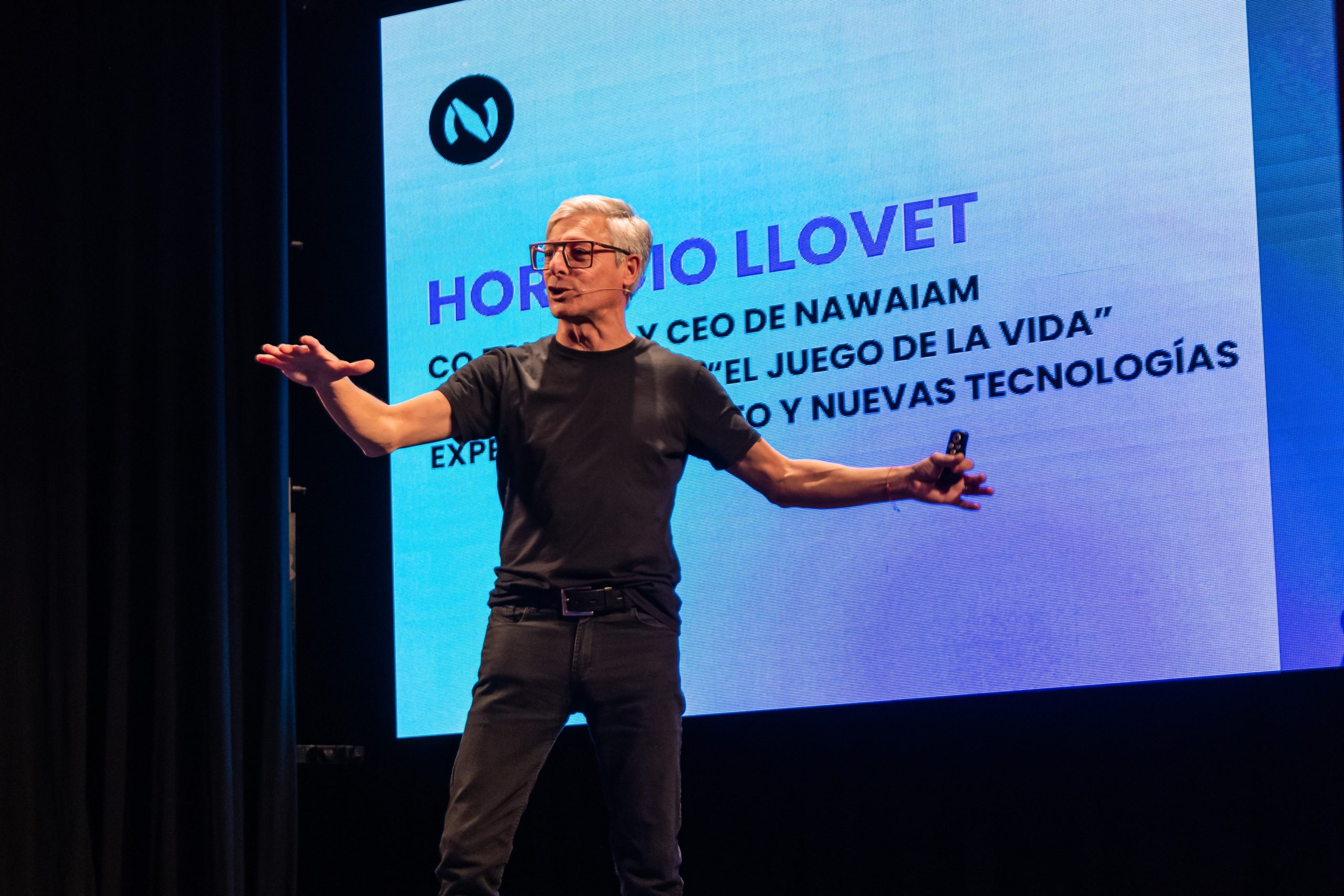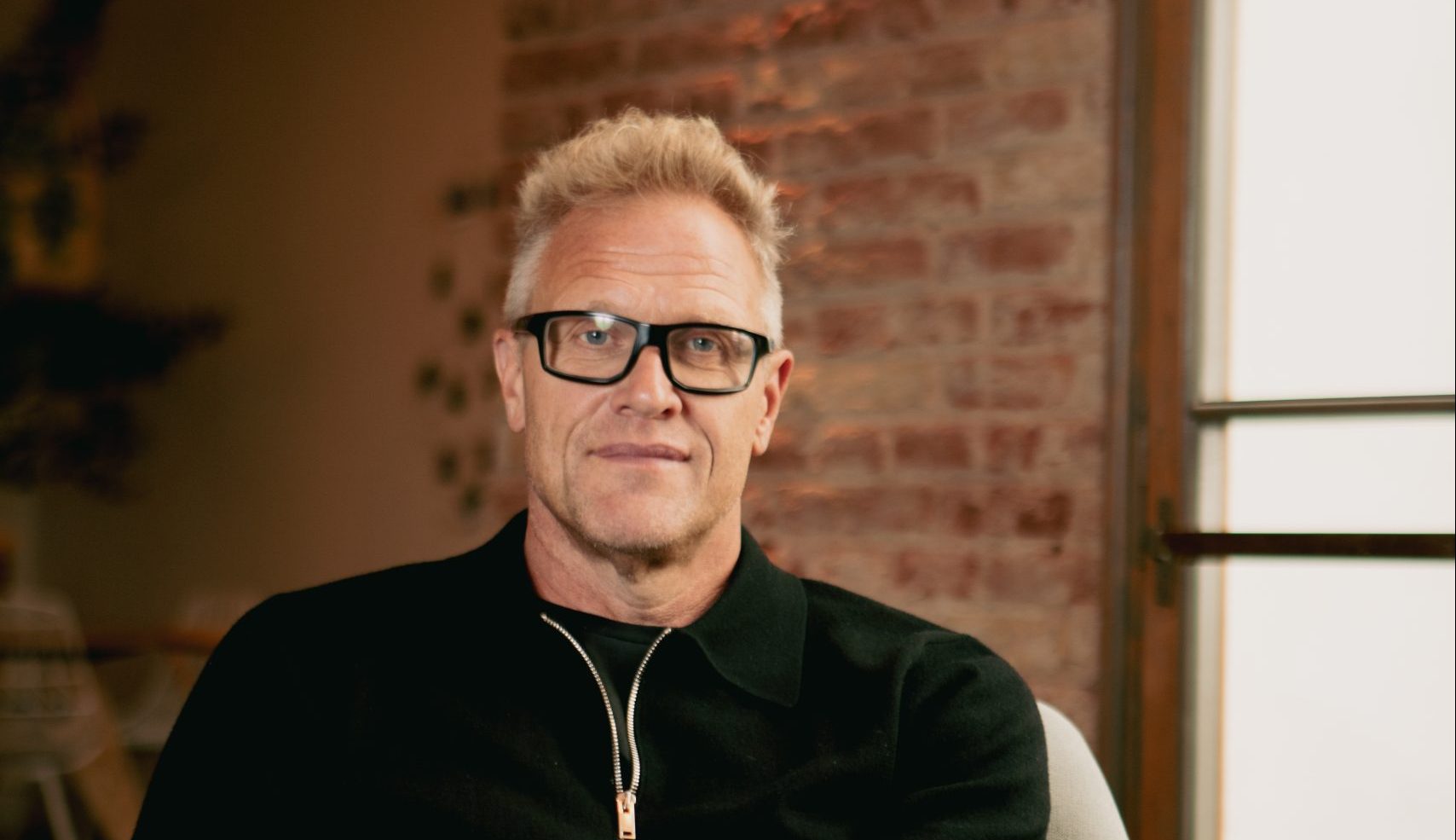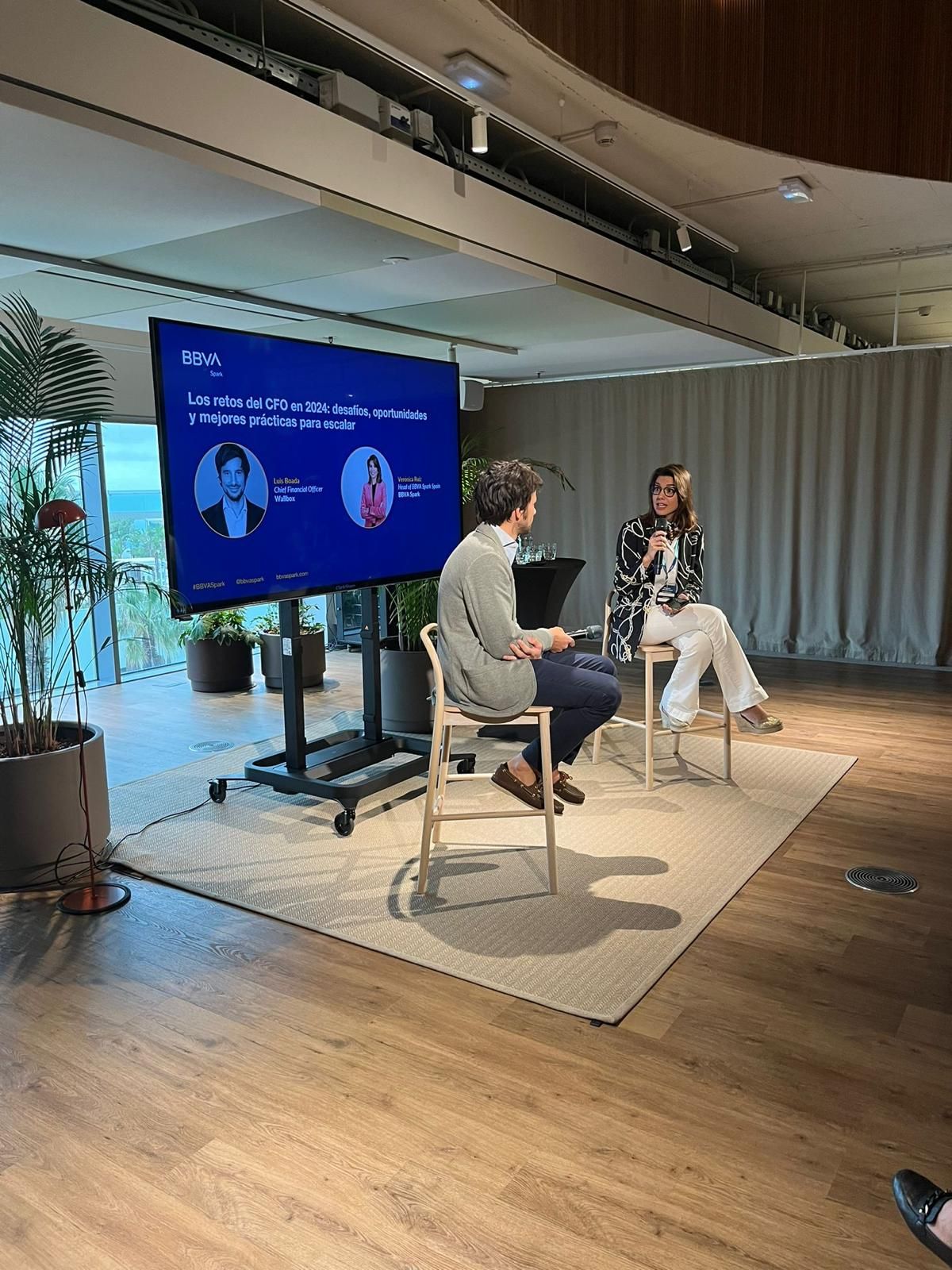Neuroarchitecture, the cornerstone for building healthy spaces for better living and working
How do the spaces in which we spend most of our daily lives impact us? This question has prompted startups and professionals to reflect on how to improve their workspaces to boost capabilities to the max. Neuroarchitecture, a discipline that seeks to improve our relationship with our environment, is gaining ground in this regard and was the focus of the latest BBVA Open Innovation masterclass.
Living rooms were turned into playgrounds, kitchens became places to take a breather over a cup of coffee, and bedrooms were converted into makeshift offices. The coronavirus crisis redefined businesses and homes and challenged us to reflect on whether the places we live in are optimal against a backdrop where working from home has gained ground and where we spend a lot of time connected to our devices.
However, only an estimated 41.5% of Spanish homes are considered fit to work in, according to a report by Randstad Research. This figure hints at a concern increasingly shared by professionals and companies: how to build healthier spaces that enhance well-being and performance. Neuroarchitecture, a discipline that analyses how people respond cognitively and emotionally to their environment to boost memory, increase productivity and prevent stress, is one of the cornerstones of this concept.
“We spend around 90% of our lives in buildings and our experiences depend to a large extent on the space in which they happen”, says Rita Gasalla, president of the Observatory for Healthy Architecture (OAS) and CEO of Galöw Arquitectura Saludable. “Healthy architecture enhances a brand’s image and reputation, reduces costs, attracts talent and boosts engagement among employees and customers”. In this sense, neuroarchitecture can increase the profitability of businesses.
Building a healthy environment through neuroarchitecture
But how can we design and rethink the places we live and work in based on healthy architecture? In response to this question, at the last BBVA Innovation Masterclass, Clara Molero, a researcher in neuroarchitecture, and José Valverde, founder and manager of Valgreen E-COvivienda, explained the guidelines that any startup or professional should follow to improve their workspaces:
- Walk towards (natural) light. “Sunlight helps us to regulate our sleep-wake cycle. The brain detects whether it’s night or day: if there is only artificial light, the body goes into sleep mode and secretes melatonin, the sleep hormone”. If no natural light is available to improve concentration, the expert recommends taking a walk before going into the office and choosing the right artificial light: white and neutral for workspaces and warm for break areas.
- Focus on nature. Being in contact with natural environments has a major impact on people’s well-being. Which is why Valverde suggests fitting out spaces with plants that serve as a point of disconnection. According to Molero, nature “helps to develop healthier patterns of cardiac activity and reduce levels of cortisol, the stress hormone, in the blood”.
- Tidy up. “When we spend time in a messy space, we interpret it as a place that no one takes care of because it doesn’t matter”, Molero explains. Which is why working in an organised place has a positive impact on self-esteem and reinforces the identity of the space you’re in.
- Create common spaces. The founder of Valgreen E-COvivienda proposes that startups design comfortable areas where team members can come together to “encourage collaboration and strengthen relationships”.
- Find a place of your own. “When we don’t have enough space, it’s easier to stress. And if this situation is prolonged, it’s not the lack of space we get used to living with, but we get used to living with stress”, says Molero. Avoid overcrowding rooms with furniture, install mirrors to add depth and opt for white walls are some of the tips for those who work in small spaces.
- Consider air quality. Valverde points out that working in an environment where there are air filtering systems (through, for example, the use of HEPA filters) and frequent ventilation is a priority. According to a study by the World Green Building Council, optimum air quality in indoor workplaces boosts productivity by 8 to 11%.
At BBVA, neuroarchitecture is also applied in the green areas on the terraces of the Torre BBVA in Mexico City, the gardens of the Pendik Campus in Istanbul, as well as in Madrid’s Ciudad BBVA. ‘La Vela’, a construction that provides natural lighting to all the workstations thanks to the shape of the building, is a feature of the space in Madrid. “The horizontal design of the buildings and the introduction of open spaces, as well as the unique streets with gardens and fountains, make Ciudad BBVA a better place to work”, says Alberto Agustín, Discipline Senior Manager of space management and employee services at BBVA.
Neuroarchitecture is also now being incorporated into the evolution of the BBVA Group’s offices, says Agustín, under some of the principles that drive this trend. These include lighting, vegetation, a variety of finishes and a combination of different heights in interiors: low ceilings provide a sense of protection, while high ceilings stimulate creativity.
Sustainability and technology, the foundations of neuroarchitecture
Gearing buildings towards sustainability and leveraging the advantages of technology to equip them are two other fundamentals of neuroarchitecture. To this end, José Valverde, from Valgreen E-COviviendas, advocates integrating photovoltaic panels and greater insulation to protect buildings from the cold and heat. They translate into savings and contribute to the energy transition.
In fact, BBVA has reduced its carbon footprint by 58% between 2015 to 2021 thanks to “the installation of photovoltaic panels and chargers for electric cars, promoting the consumption of local products and donating surpluses in our cafeterias”, explains Alberto Agustín. The bank launched a pilot test at Ciudad BBVA in 2022 to test new technology features by incorporating touch screens, interactive whiteboards and new videoconferencing equipment adapted to all platforms.
Technology can also be used to plan spaces better. Rita Gasalla, from the Observatory of Healthy Architecture, says that virtual reality and the metaverse will be “valuable resources” for designing spaces in line with the principles of this new architectural trend.
Neuroarchitecture is no longer something unknown to organisations and implementing it can be an essential pillar of a company’s success. “If we want our employees to contribute ideas and solutions to their company, it is important to design the spaces they use by applying the principles of neuroarchitecture and healthy architecture”, Gasella says. “People’s well-being is directly proportional to their productivity”.

